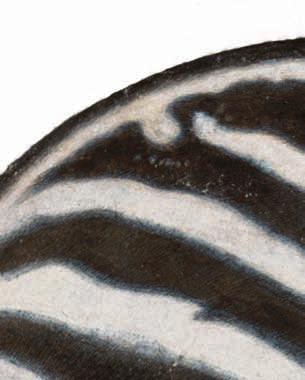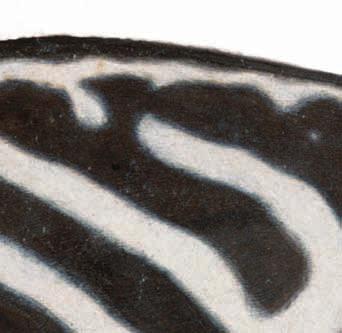
3 minute read
A Love for Nature
Squirrels in a Plane Tree
Emperor Jehangir, like the Mughals before him, enjoyed nature. When a fl ower, bird or animal caught his fancy, he quickly ordered his artists to make a painting of it. Inspired by Jehangir’s boundless curiosity and his almost scientifi c interest in exotic creatures, some of his artists mastered the art of painting birds and animals in their natural settings. A lovely example is this miniature, called Squirrels in a Plane Tree.
Advertisement


On a sunlit autumn day, brighteyed squirrels gambol in a tall chinar, or plane tree. Th ey arch their tails, ready to spring from branch to branch. Two hungry babies peer eagerly out of their nest, waiting to be fed by their watchful parent. Pairs of birds nestle in the chinar’s sturdy branches. It is a happy scene.

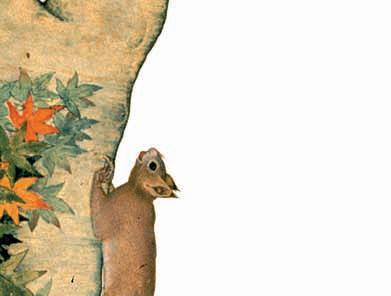
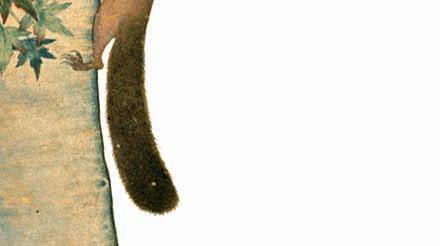



But why is a barefoot man attempting to scale the tree? Is he a hunter on the lookout for squirrel meat? Is he an artist collecting squirrel hair to make paintbrushes? Can you feel the tension that his presence creates in the painting?




Scholars think that many artists worked together to paint this miniature. Th ey think Abu’l Hasan painted the tree and Mansur the squirrels, with junior artists fi lling in the background. Such cooperation, once common in Mughal studios, became increasingly rare during Jehangir’s reign.
A Zebra
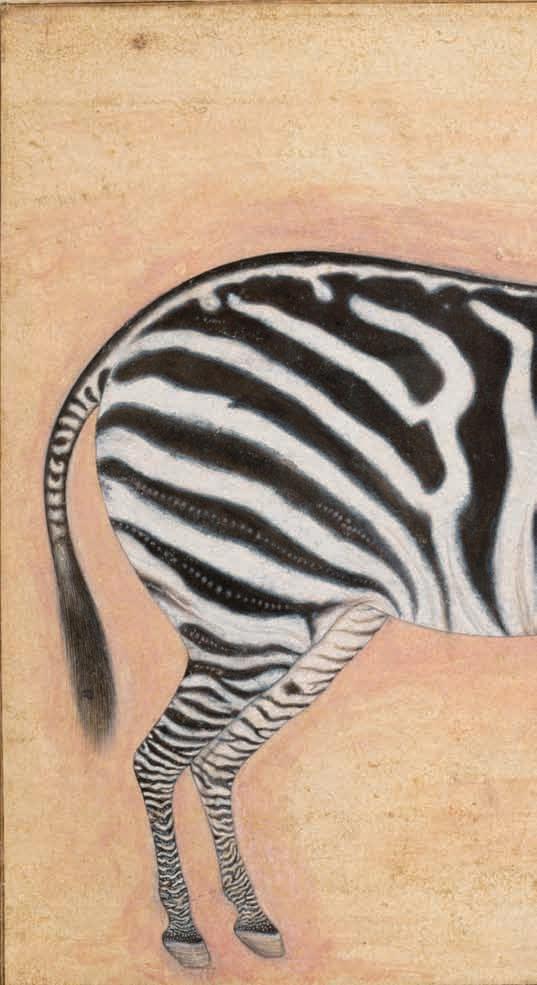

Emperor Jehangir enjoyed strange animals so much that he had his own zoo. Knowing this, visitors to the Mughal Court brought him strange creatures from distant lands. One morning, as Jehangir was meeting with his courtiers, an excited murmur rose through the halls. A bizarrelystriped horse, brought in by a visitor from Abyssinia (modernday Ethiopia), was being led towards the imperial throne.
Jehangir and his courtiers were astonished. Never before had they seen such a creature. Why, they wondered, would anybody paint black stripes on a horse? Stepping down from his throne, the emperor inspected the strange arrival. After several minutes of scrutiny, he declared that the stripes on the creature were the work of the divine creator, and had not been painted on by human hand. Th en he immediately ordered Mansur, one of his favourite artists, to make a painting of the animal.
Th e keenly observant Mansur created this delicate painting of the exotic creature. He expertly captured the softness of its gaze, the gentle arch of its back and the strength of its haunches. So accurately did he depict it that we easily recognize it as a Burchell’s zebra, native to the plains of Africa and commonly seen in zoos around the world.

